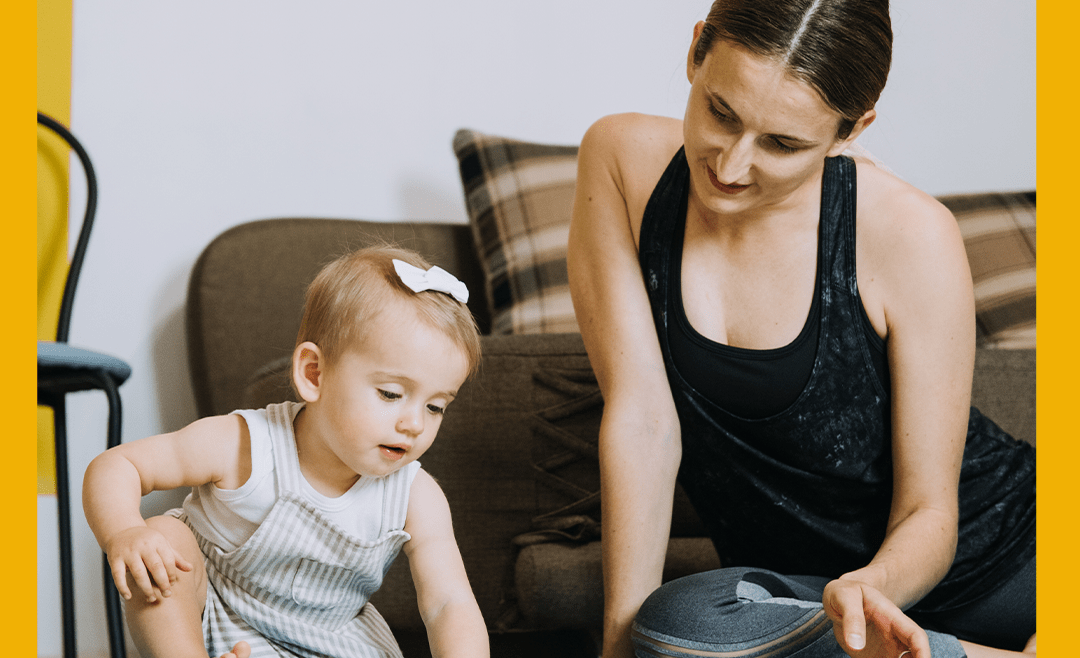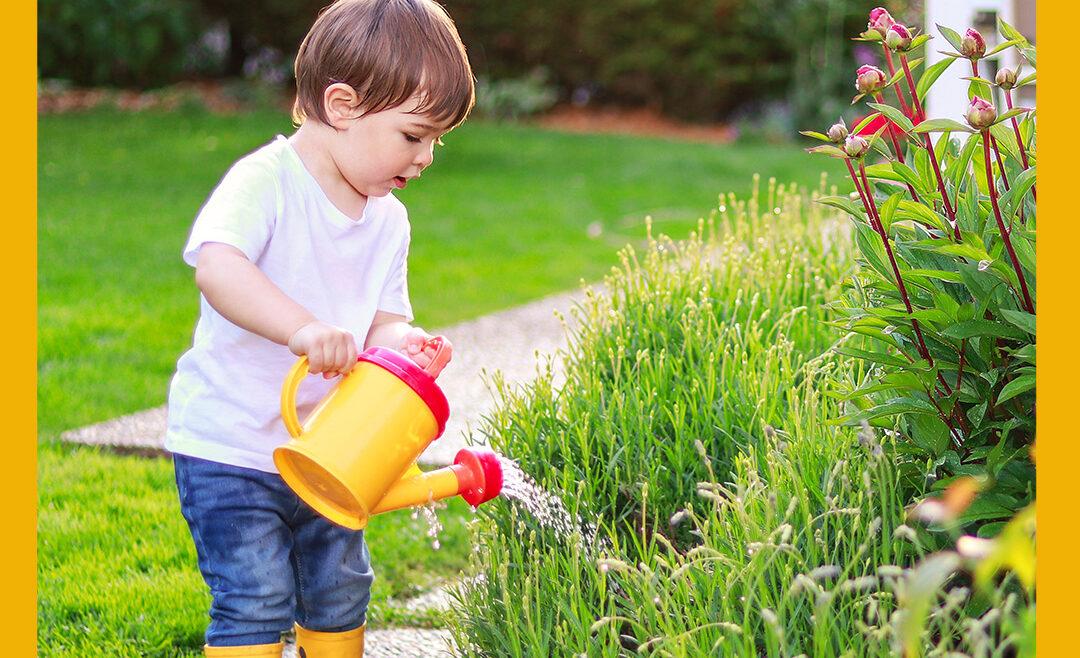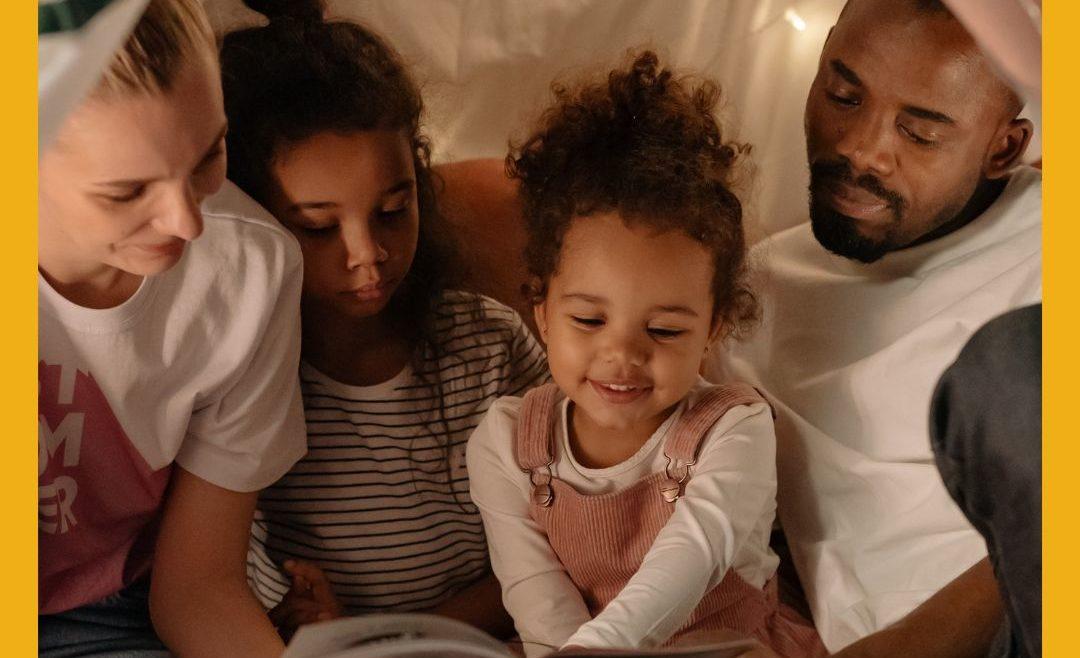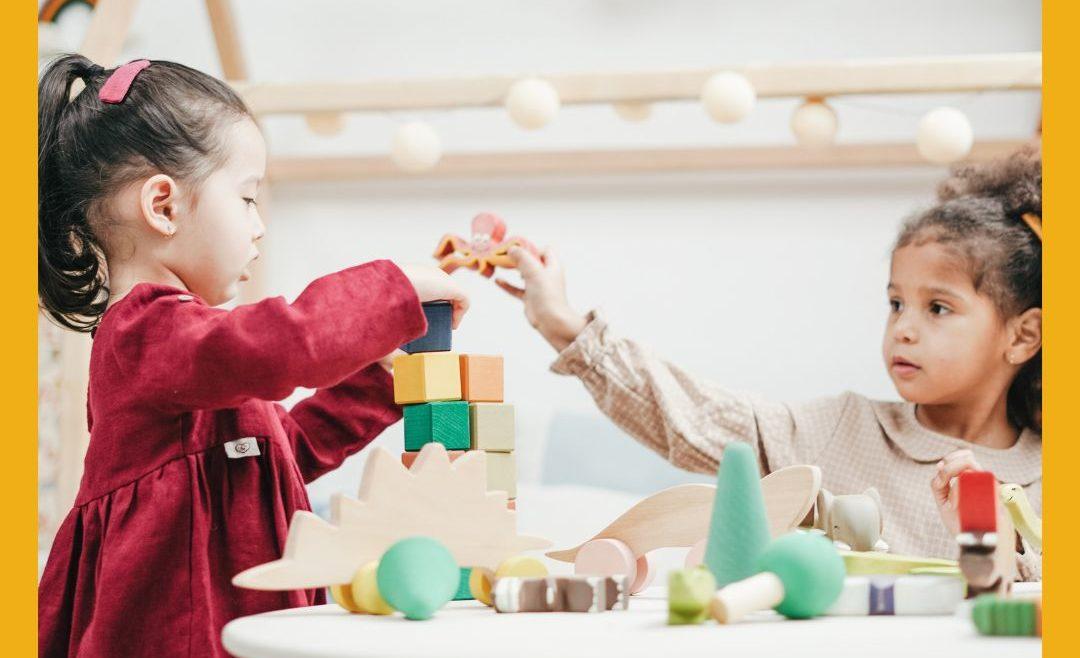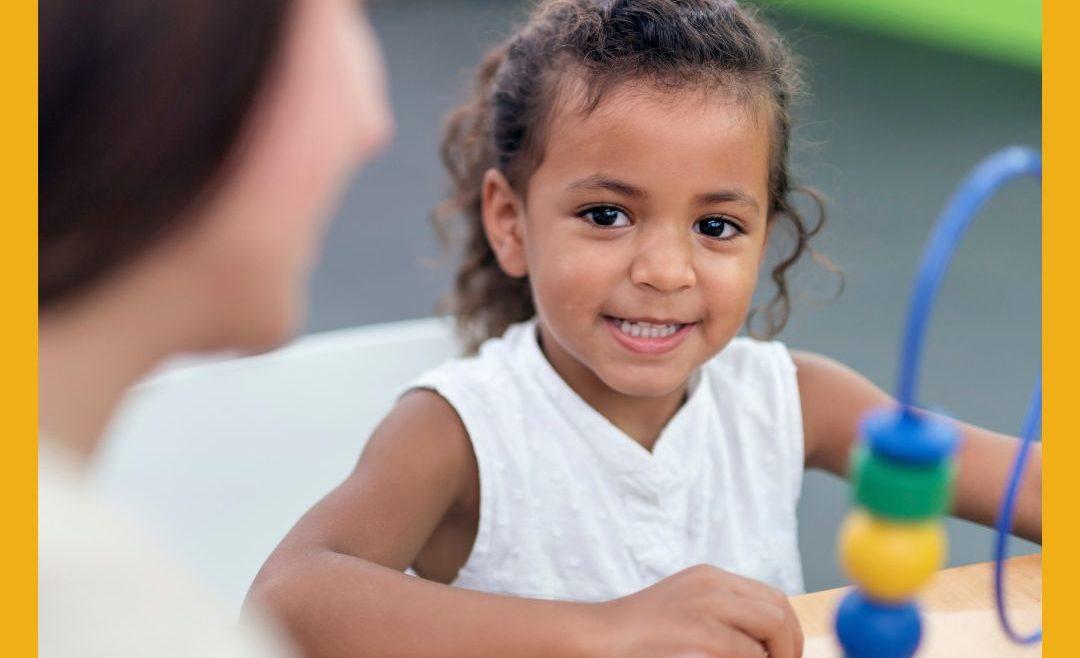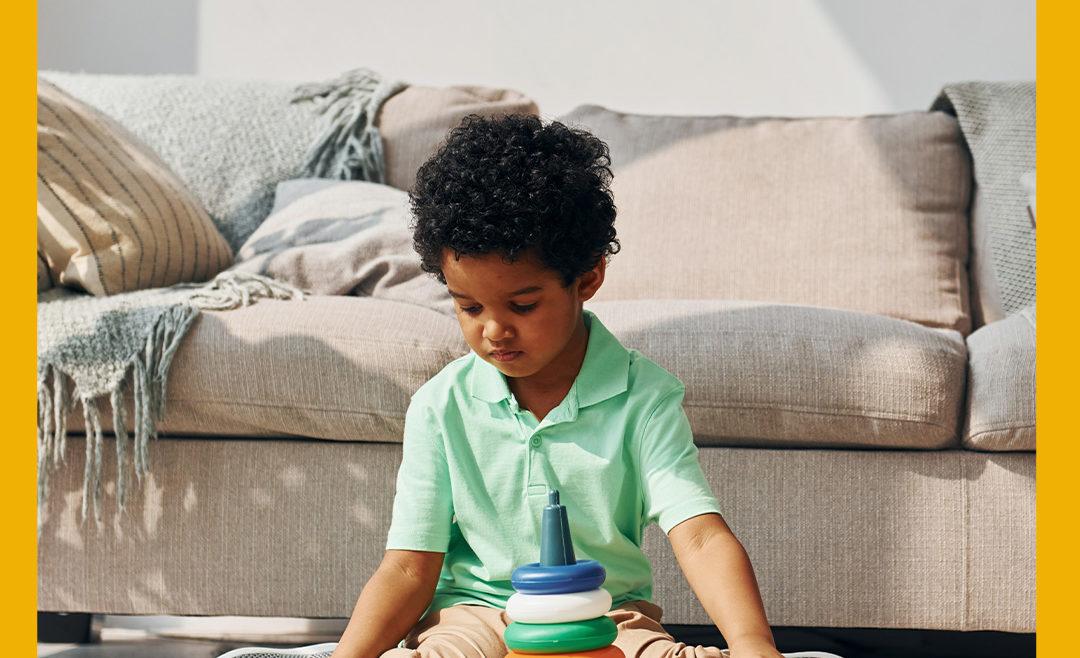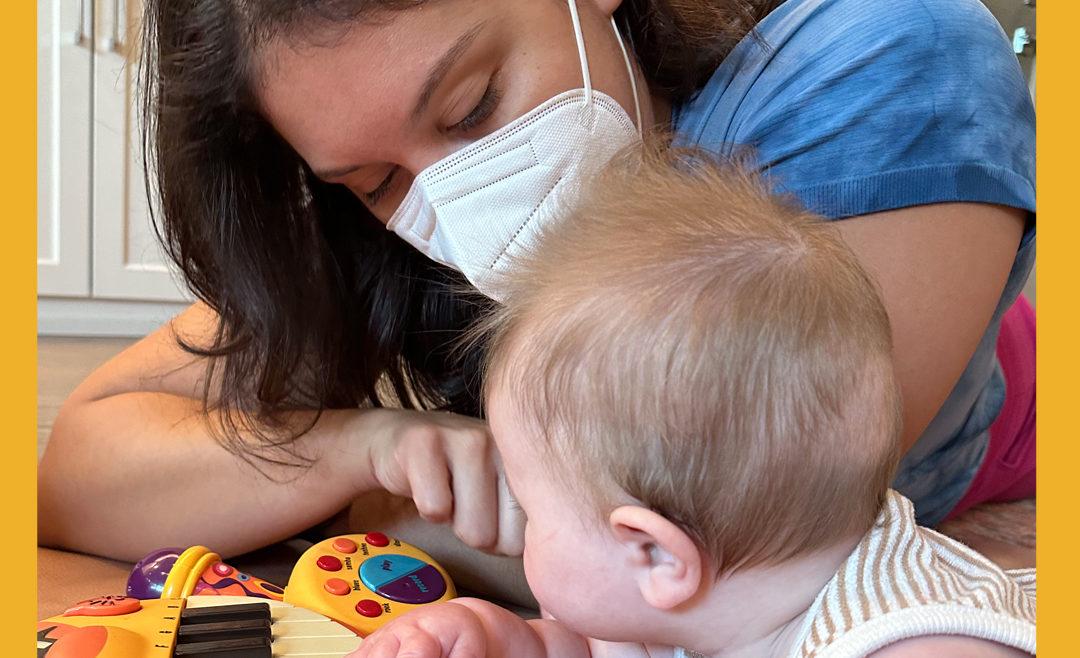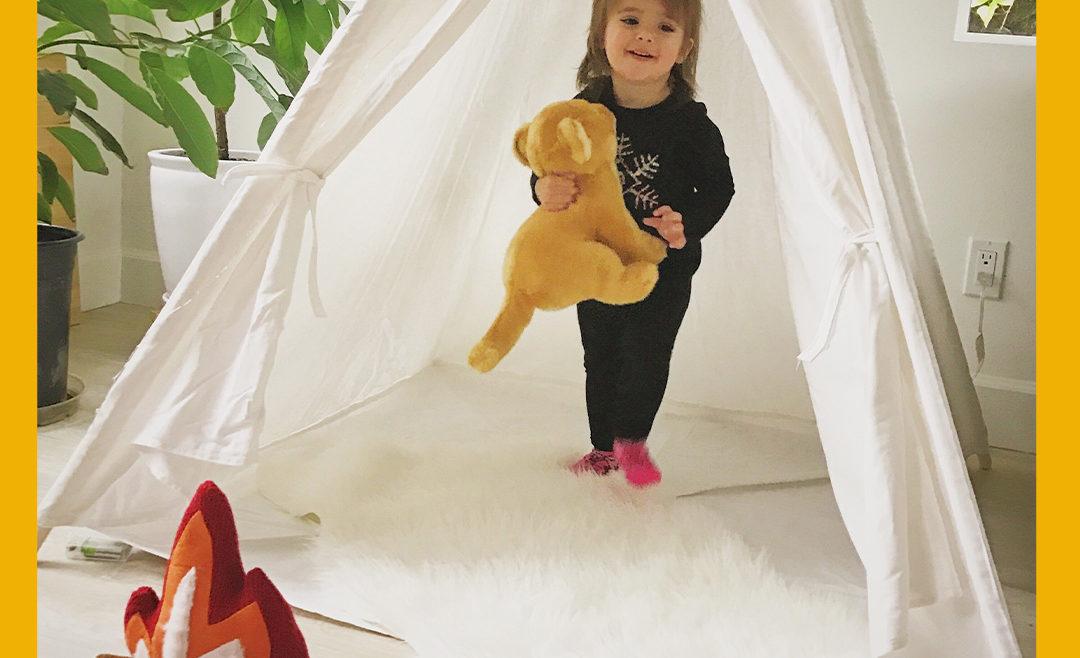Believe it or not, it’s almost time to send your kiddos back to school! This year has flown by so far, and although we aren’t ready to say goodbye to summer quite yet, now is the perfect time to start helping your little ones adjust from spending their days having fun in the sun to going back to school. However, we know that this is sometimes easier said than done.
It can be challenging to prepare for the upcoming school year (especially if this will be your child’s first year of school), which is why our team wanted to share some tips to help make the transition go as smoothly as possible for your family. Our hope is that these tips will help get your child prepared and excited about going to school.
Make a Designated Homework Area
Creating a space for your kiddos to sit down and do their homework will get them excited about doing their schoolwork. First, find a spot in your house your child can use to do their homework (and even consider asking your little one to help you pick out their special homework area). Now, have your child work on decorating that area by using their fine motor skills to draw some fun and colorful pictures. Your little one will love having their own “homework corner,” which will make the transition to going back to school that much easier.
Create a Bedtime Routine
One of the most important things you can do to help your child adjust is to create a bedtime routine. Getting your child into a solid bedtime routine now will help them when the school year starts and give them some time to relax and unwind at night. Some things that you can incorporate into your child’s bedtime routine include:
- Have your child practice brushing their own teeth.
- Sneak in some playduring bath time with bathtub crayons.
- Let your child pick out which pajamas they want to wear and even try putting them on themselves.
- Ask your child to point to or label animals or objects found in their bedtime story.
Ask Your Child How They’re Feeling
Going back to school can be difficult for some children, and it’s essential that you ask your child how they’re feeling. Take some time to sit down with your little one, and ask them to tell you how they feel about topics such as going back to school, making friends, being away from home, etc. This way, you can learn about your child’s concerns, address these concerns, and get them prepared to go back to school.
One book we love that talks about feelings – The Feelings Book by Todd Parr
Follow our social media (Facebook, Instagram, Pinterest) all month as we continue to share back-to-school tips, resources, and much more. Further, please don’t hesitate to contact us anytime to discuss if your child would benefit from pediatric therapy. Our team is here to support you and your child in any way we can.


